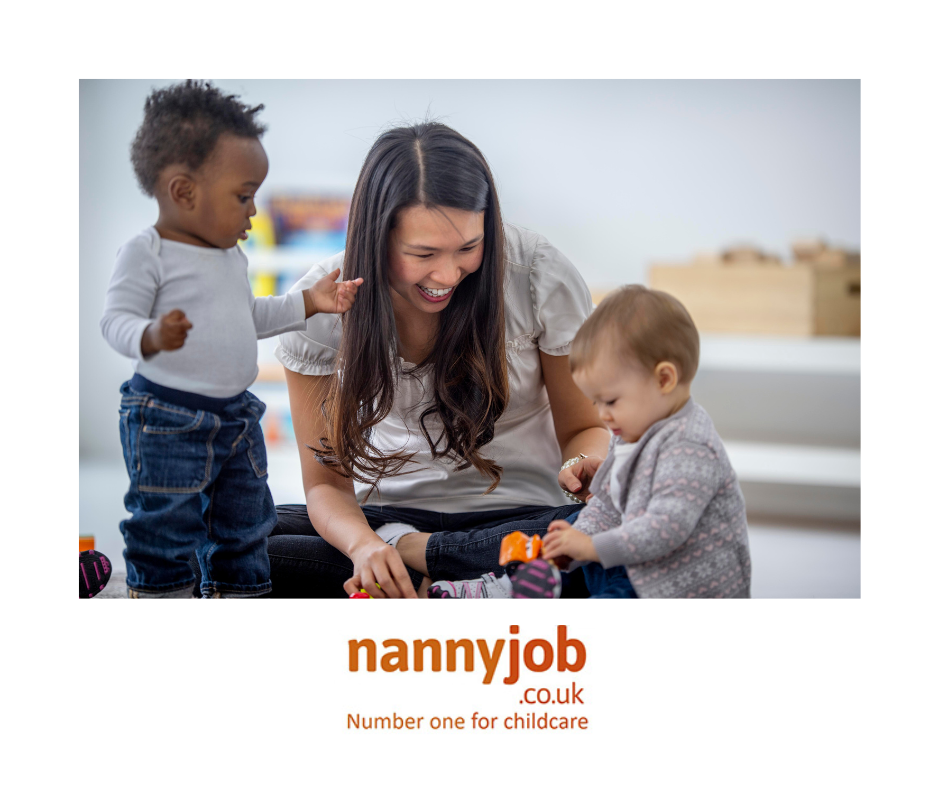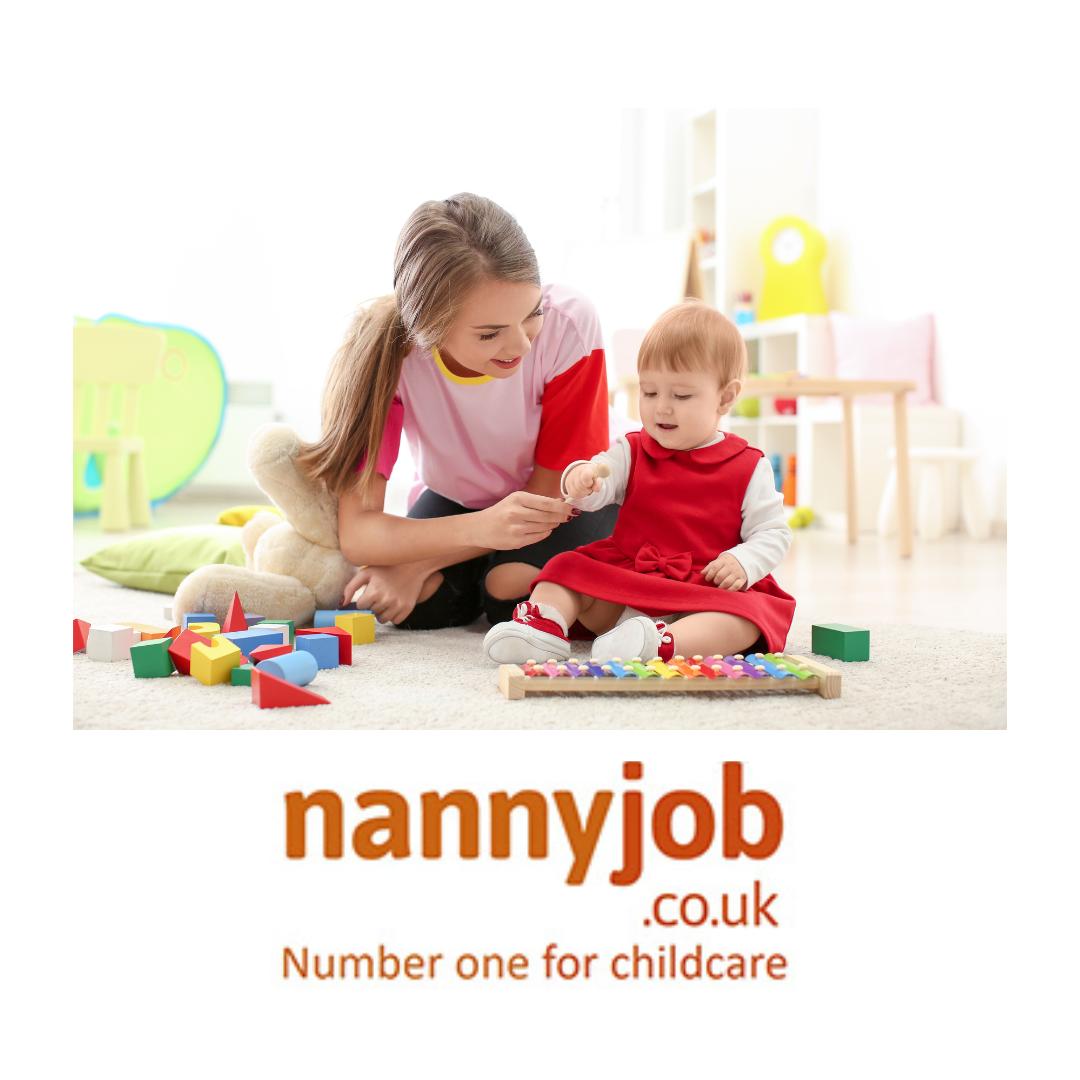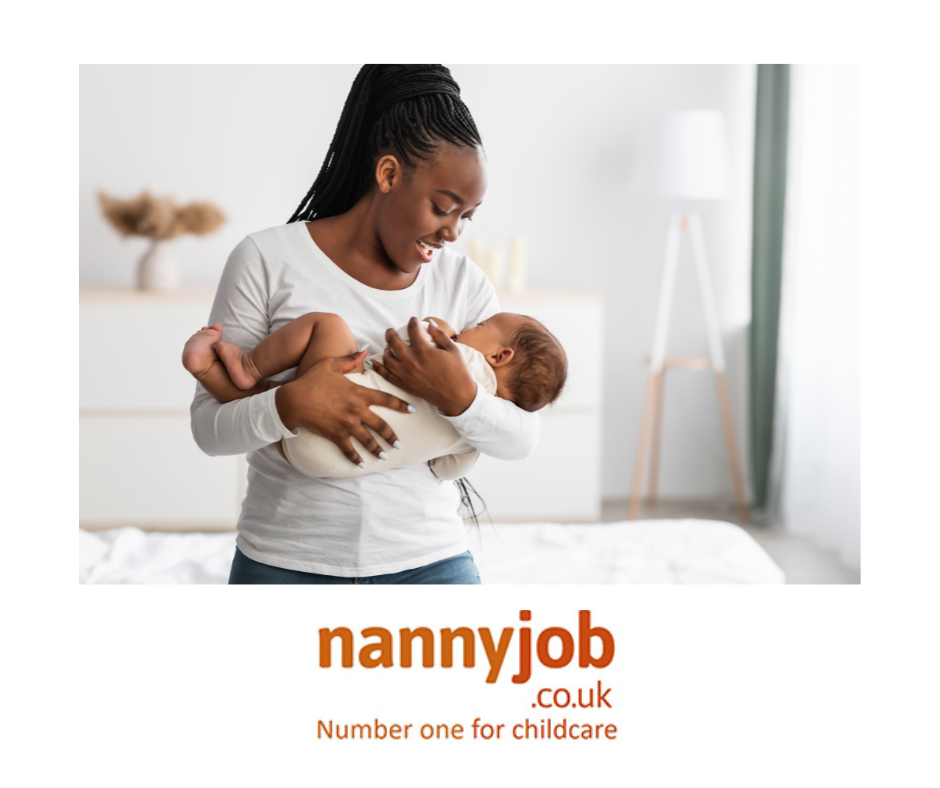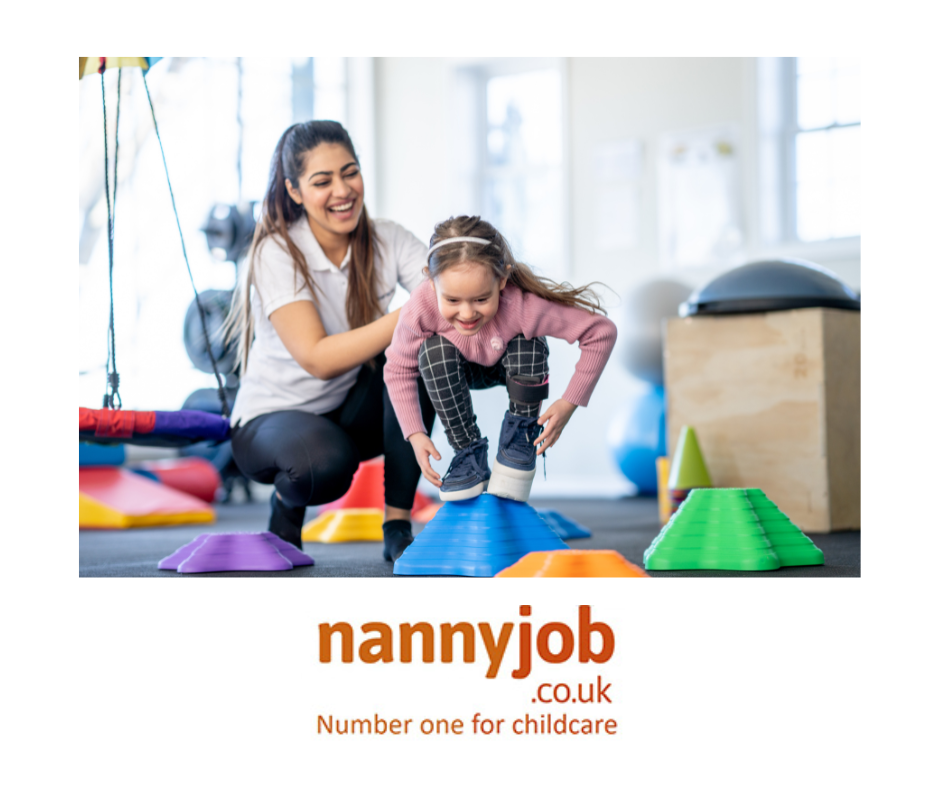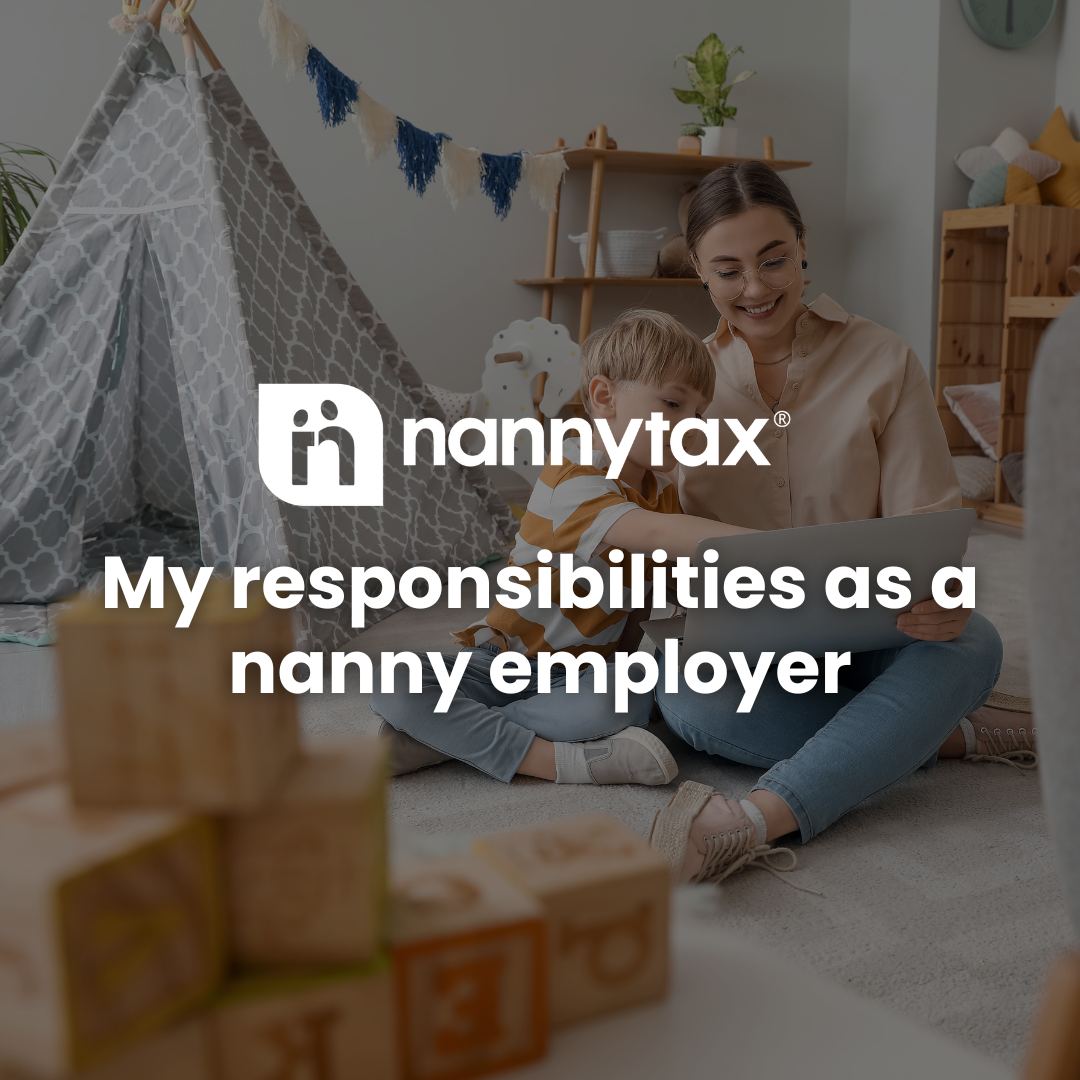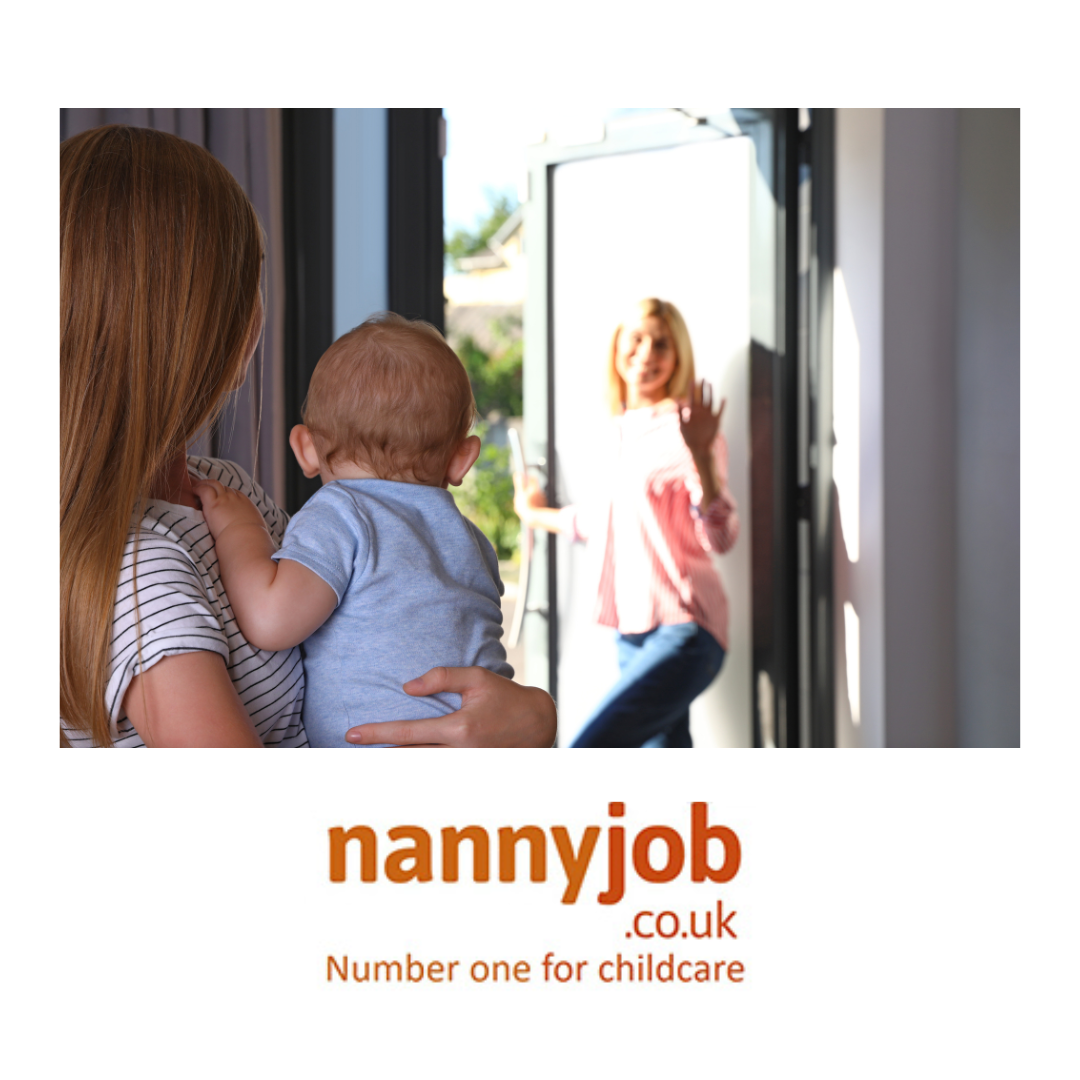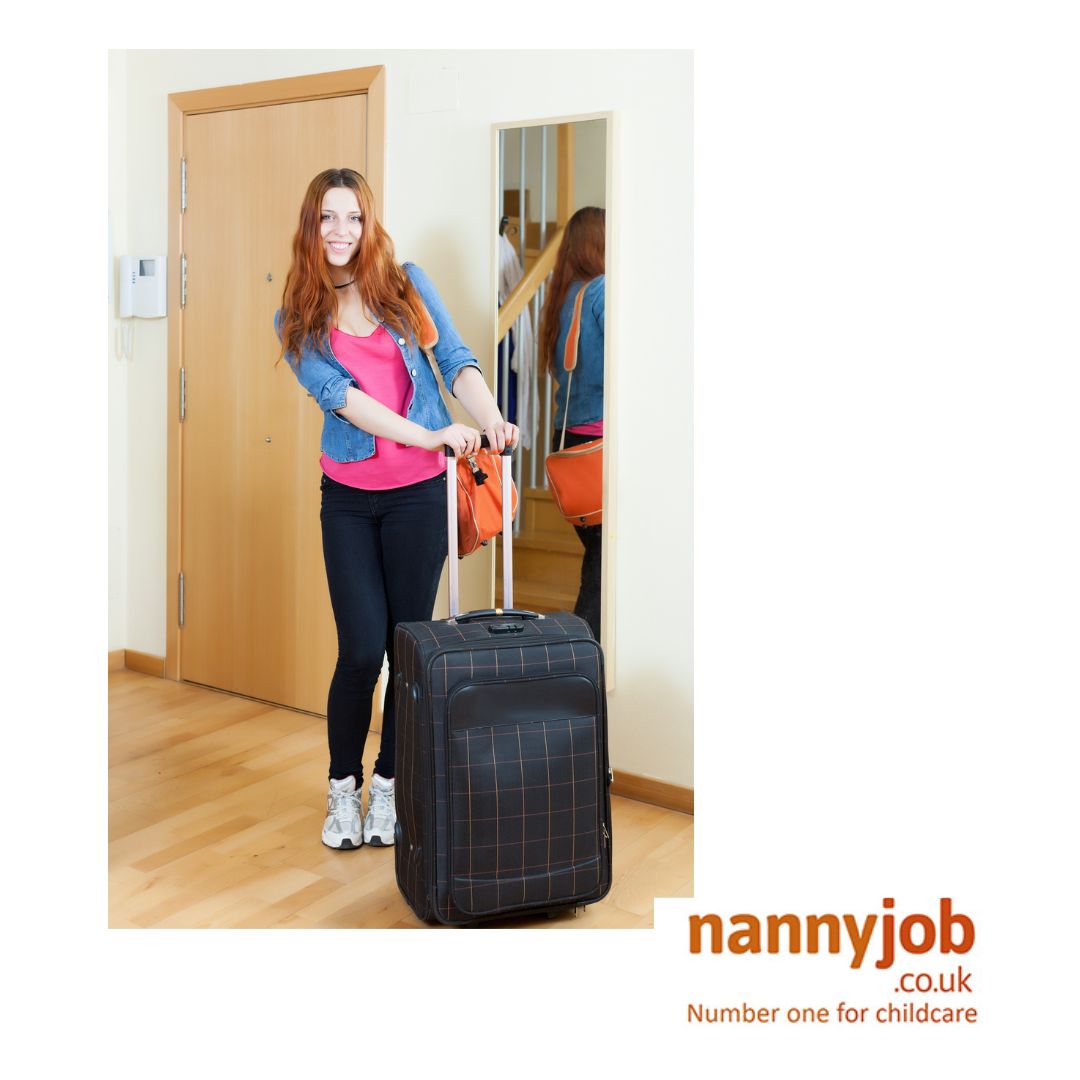Are you someone who loves working with children, has a nurturing spirit, and enjoys creating positive impacts on young lives? If so, then becoming a nanny might just be the perfect career path for you! In this blog post, we’ll explore what it takes to be a nanny, the responsibilities involved, and the rewards of working in childcare.
What Does a Nanny Do? A nanny is responsible for providing personalised and attentive care for children in the comfort of their own home. Nannies typically work closely with families to create a safe, nurturing, and stimulating environment for children to grow and thrive. Some of the typical duties of a nanny include:
- Engaging in age-appropriate activities and play
- Preparing meals and snacks for children
- Assisting with homework and educational activities
- Providing transportation to and from school or extracurricular activities
- Creating and maintaining a daily routine
- Administering basic first aid, if needed
Qualities of a Great Nanny While there are no strict qualifications required to become a nanny, possessing certain qualities and skills can greatly enhance your effectiveness in the role. Some qualities of a great nanny include:
- Patience and empathy
- Excellent communication and interpersonal skills
- Creativity and adaptability
- Reliability and trustworthiness
- A genuine love for working with children
The Rewards of Being a Nanny Working as a nanny is not just a job – it’s a deeply rewarding career that offers the opportunity to make a positive impact on children’s lives. Some of the rewards of being a nanny include:
- Building meaningful relationships with children and families
- Witnessing the developmental milestones and growth of children over time
- Having a flexible schedule and the ability to work in various locations
- Gaining valuable experience in childcare and early childhood education
- Making a difference in the lives of young learners and helping them reach their full potential
Are You Ready to Be a Nanny? If you’re passionate about working with children and making a difference in their lives, then becoming a nanny could be the perfect career choice for you! Take the time to explore your options, gain relevant experience, and consider pursuing certifications or training in childcare. With dedication, compassion, and a love for learning, you could embark on a fulfilling career as a nanny.

